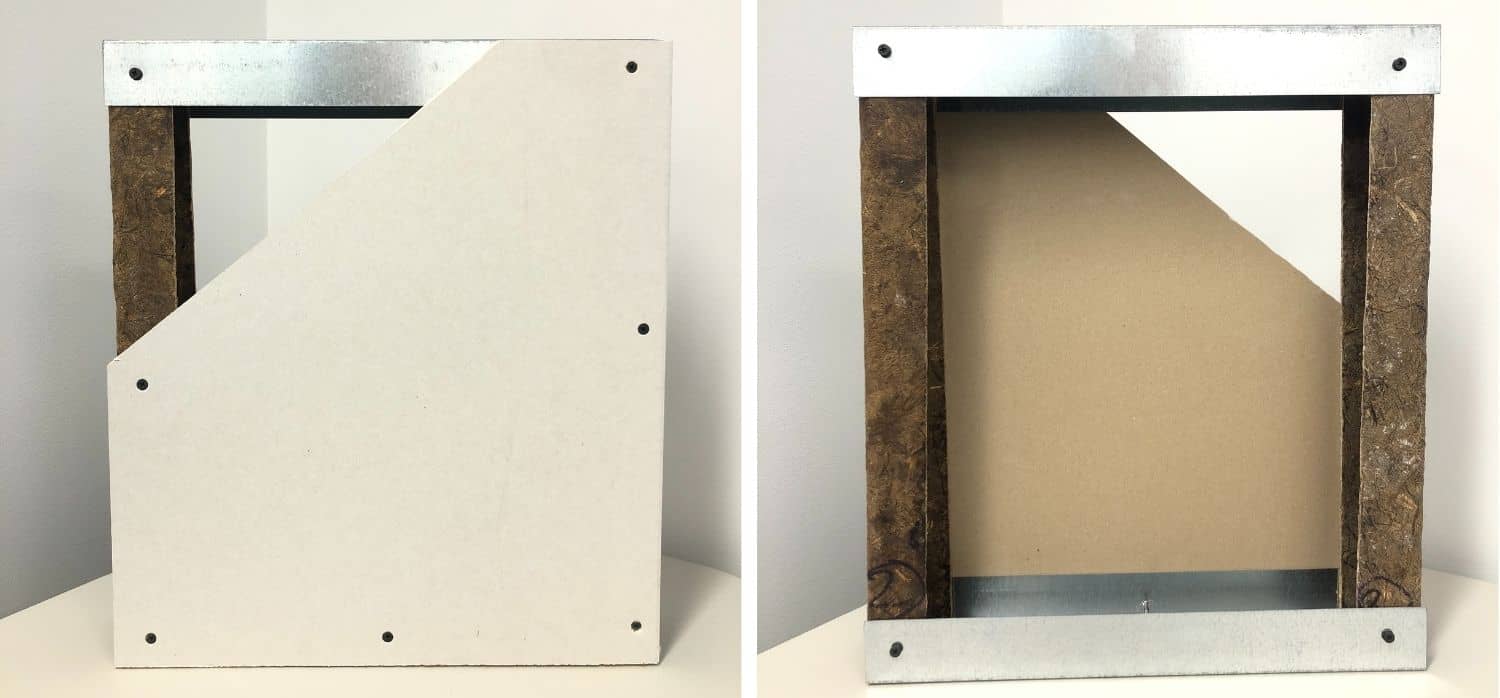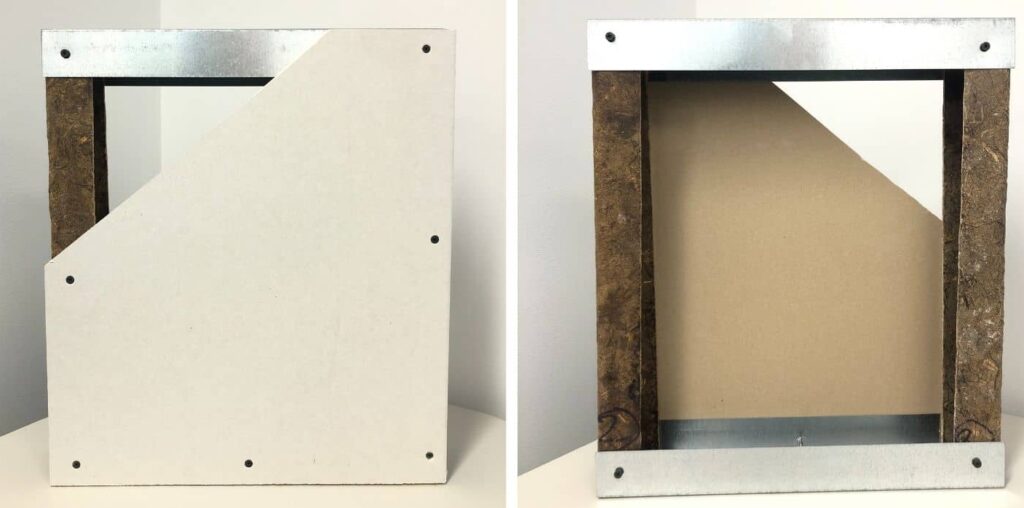
Spotted: The building and construction sector is the heaviest hitter in the world, by far, when it comes to greenhouse gas emissions. A massive 37 per cent of all global emissions come from construction, with embodied carbon (the footprint of materials) accounting for a large proportion of this. The world needs alternatives to carbon-intensive concrete and steel, and BioTwin’s hemp-based wall studs offer just that.
By replacing traditional light gauge steel studs with a blended mix of hemp fibre, hemp shiv (the woody core of the hemp plant), and sheep’s wool, BioTwin has crafted a product that reduces embodied carbon by up to 10 per cent in construction projects.
BioStuds were built based on deep materials science knowledge, combining natural fibres with a minimal amount of resin to create a greener but equally strong alternative to steel. Hemp forms the basis of the product and is an ideal candidate, being fast-growing and readily renewed using sustainable farming practices. It offers naturally insulating properties, which, combined with sheep’s wool, also gives structural integrity. As a result, the BioStuds are a practical choice for builders looking to lower their carbon footprint without sacrificing performance.
Kit Chong, CEO and co-founder of BioTwin, told Springwise that “Honestly, it’s about making a real difference.” Right now, the company is demonstrating that “sustainability doesn’t have to come at the cost of performance. Looking ahead, we want to expand beyond just wall studs.” The long-term vision is to create a whole suite of low-carbon construction solutions that can be used at scale.
In August 2024, BioTwin secured a £337,000 Smart Grant from Innovate UK to accelerate the development of its BioStuds range. With follow-on funding from SFC Capital and the support of industry advisors like Jane Goddard, Deputy CEO and Chief Marketing Officer of BRE, the company is set to bring these studs to market soon. BioTwin expects to raise more money in 2025, with ambitious plans to scale production and expand its product range into broader building processes.
Written By: Oscar Williams

